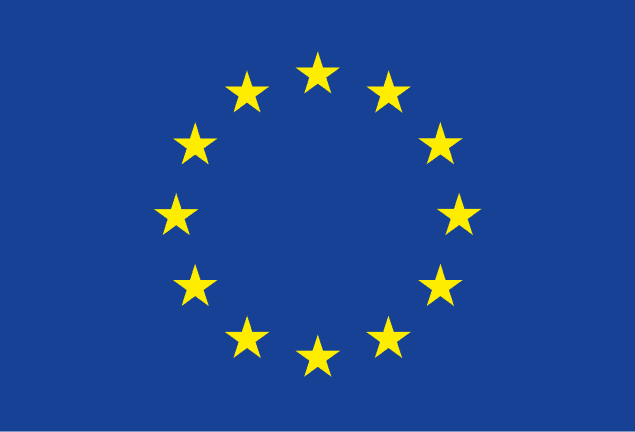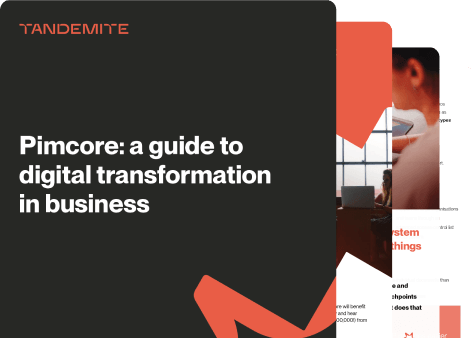Who are your clients really? 5 customer groups every manufacturer must know

Many manufacturers are wrong about who their real customers are, and overlook their most valuable clients. Unlike e-commerce businesses that typically focus on a single, well-defined customer segment, manufacturers must cater to a highly diversified array of customer groups.
Modern manufacturers face an increasingly diverse customer base, characterized by varying needs, preferences, and purchasing behaviors. These customers include businesses, individual consumers, specialists, international clients, and government buyers. The diversification comes from the unique nature of manufacturing products, which often serve different purposes across various industries.
Here’s a simple guide to help manufacturers grasp these diverse customer groups and how to meet their needs effectively.
Why manufacturers have diversified customer groups
Have you ever wondered why certain products appeal more to specific groups? The diversification of customer groups in manufacturing is primarily due to the following factors:
- Complexity of products: Manufacturing products can be intricate due to their design, the technology involved, or the processes required to create them. This complexity often stems from the need to meet specific operational or safety standards, or to incorporate advanced functionalities that cater to particular applications. Products made in manufacturing settings are not typically one-size-fits-all; they are often designed to serve multiple purposes or to be used in different contexts.
- Supply chain involvement: Unlike e-commerce, which directly sells to end consumers, manufacturers often deal with multiple intermediaries such as suppliers, distributors, and retailers.
- Customization and specialization: Many manufacturing products require customization to meet the unique demands of different industries or clients, leading to a broader customer base.
- Geographical reach: Manufacturers frequently operate on a global scale, requiring them to cater to diverse markets with varying requirements and regulations.
Customer segmentation in manufacturing and strategic approaches
Identifying your customer groups accurately is the fastest path to boosting your sales. That’s why every manufacturer should have a clear understanding of who is actually buying their products.
Manufacturers face a multifaceted customer base that includes not just end consumers but also a wide range of intermediaries and professionals. Given this diversity, manufacturers need tailored strategies to attract and engage each customer segment effectively. Here’s a closer look at these groups and some key approaches.
1. B2B customers (Business-to-Business)
Who they are: These are other businesses that buy your products to use in their operations or to sell to their own customers.
- Retailers and distributors: These customers purchase products in bulk to resell them. Their primary concern is often the reliability of supply, pricing, and product quality. Retailers then sell goods directly to consumers (this time in smaller quantities), while distributors sell to retailers or other businesses (large quantities of products).
- Corporate clients: Large corporations that need specific products for their operations or for integration into their own products. They typically require customization, bulk orders, and long-term contracts.
What they need: B2B customers often look for bulk purchases and long-term relationships. They search for products that can make their work more efficient and productive. What matters to them most are reliability, cost-effectiveness, and strong after-sales support.
Strategy: Use digital solutions like Customer Relationship Management (CRM) systems to track orders and manage business relationships. Offer personalized service, which is crucial for maintaining strong partnership. Flexibility in production and delivery can be a significant competitive advantage. Provide detailed product information and support to help them make informed decisions.
2. B2C customers (Business-to-Consumer)
Who they are: These are individual consumers who buy products for personal use (end consumers).
What they need: B2C customers look for convenience, quality, and good value for their money. They often make purchasing decisions based on reviews, recommendations, and marketing.
Strategy: Launch e-commerce platforms to make it easy for consumers to browse and purchase products online. Use digital marketing to reach and engage customers, and maintain high-quality customer service to build loyalty.
3. Specialists and technicians
Who they are: These are professionals who use your products in their specialized work.
- Architects, engineers, and designers: These professionals use manufacturers’ products in their projects. They need detailed technical information, high-quality images, and sometimes, product customization.
- Service technicians: They require reliable access to product manuals, specifications, and replacement parts to perform maintenance and repairs.
What they need: Specialists and technicians need high-quality, reliable, and precise products that help them do their jobs effectively. They often look for detailed specifications and excellent technical support.
Strategy: Offer detailed product manuals, training resources, how-to guides. Use digital platforms to provide easy access to product information and support services. An effective digital presence helps cater to this customer group by providing all necessary information upfront.
4. International clients
Who they are: These are customers located outside your home country (export markets). Manufacturers often sell products overseas, necessitating adaptation to different regulations, cultural preferences, and logistical challenges.
What they need: International buyers look for products that comply with their local standards and regulations. They also value reliable shipping, clear communication, and cultural sensitivity.
Strategy: Use digital solutions to manage international logistics, ensure compliance with local regulations, and provide multilingual support. Customize products & services, and marketing materials to fit local preferences.
5. Government and institutional buyers
Who they are: These are governments and institutions like schools or hospitals that buy products in large quantities for public use or infrastructure projects (public sector).
What they need: Government and institutional buyers choose products that meet strict regulatory standards, involving complex procurement processes. They generally insist on detailed documentation and a transparent bidding process.
Strategy: Ensure compliance with government regulations and provide all necessary documentation. Use digital platforms to participate in bidding processes and manage contracts efficiently.
Rely on expert advice
At Tandemite, we understand manufacturers inside and out. We design and implement strategies or tools that are perfectly suited to enhance the efficiency of manufacturers in reaching a diverse customer base. Such targeted digital solutions can help manufacturers streamline their operations, reduce costs, and increase their market penetration, ultimately leading to higher customer satisfaction. Book a free consultation session to talk about your business needs.
Conclusion
The diverse customer groups in the manufacturing industry present both a challenge and an opportunity. By recognizing what B2B customers, B2C customers, specialists, international clients, and government buyers need, manufacturers can tailor their strategies for each group. For instance, technical details and specifications should be highlighted for engineers and architects, while end consumers might be more interested in benefits and user experience.
Embracing digital solutions, offering customization, and maintaining strong relationships through CRM systems are just a few ways manufacturers can stay ahead in this dynamic environment. As the industry continues to evolve, manufacturers who can adeptly manage this diversity will be well-positioned for long-term success.
*Transform your business with EU funding
Thinking about tech development for your business? You can get up to €200,000 to make it happen. This is the maximum amount you can apply for with the Dig.IT project. Dig.IT is an EU initiative that supports digital transformation of polish manufacturers. With this help, small and medium-sized companies can introduce new technologies, improve business processes, or utilize artificial intelligence.




